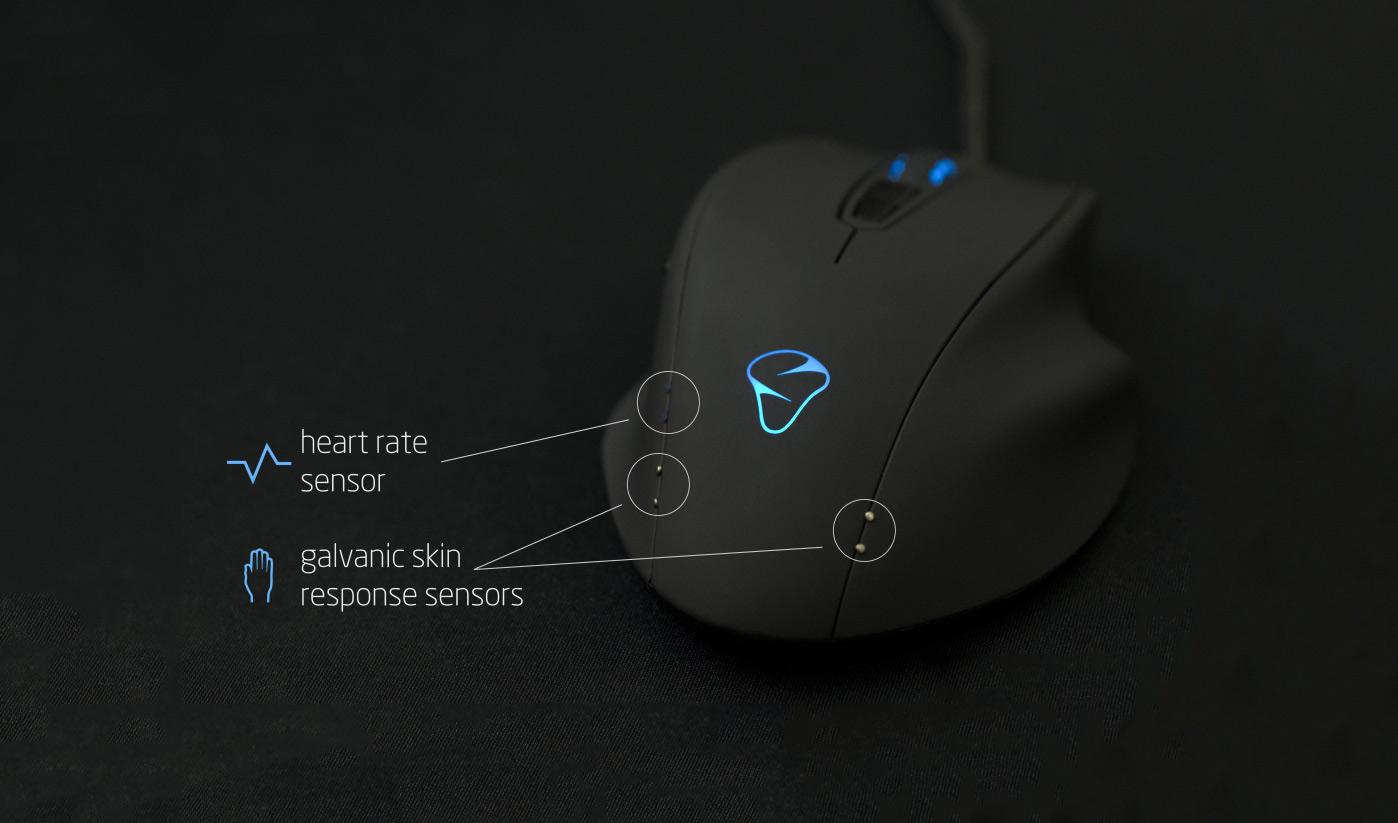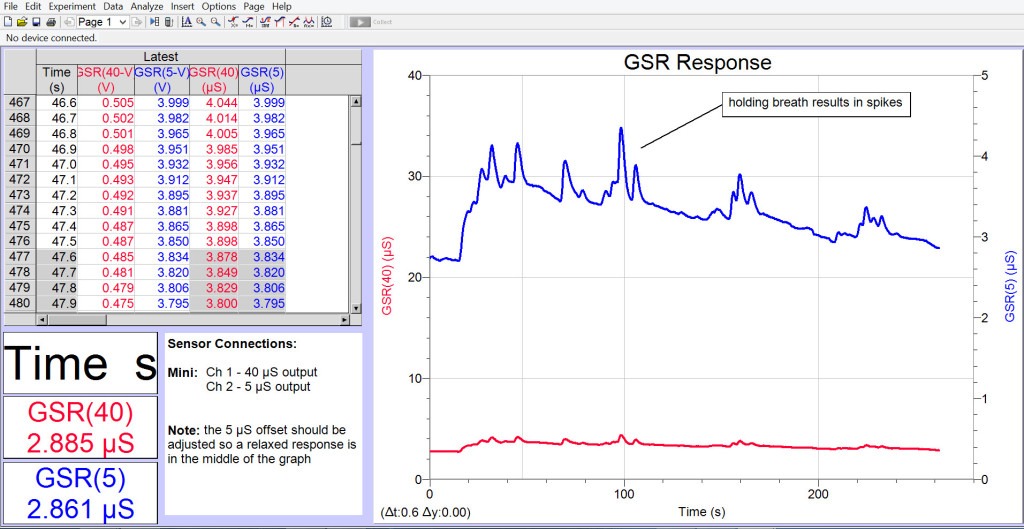

a sensor that ‘feels’ that a person has started sleeping, communicates this result to a second sensor that has the task to monitor the heart at rest. By combining the results of the sensors and interpreting the result, it is possible to arrive at a robust and reliable result. For example, someone’s heartbeat can be monitored electrically, optically and even acoustically.

One of the possibilities is sensor fusion: measuring the same physical parameter with a number of different sensors. They will have to keep on working in harsh conditions and still deliver reliable results. As they have to function day in, day out, they will have to leave their comfort zone and get used to highly variable temperatures, humidity, aridity, and vibrations. TREND1 - Sensor Fusion: combining sensors for a better result But as the technology becomes smarter and cheaper, it could serve many more. This type of connected healthcare is already applied on a small scale with high-risk patients. There, the data may be analysed and become the basis for new services to coach patients to lead a healthier life. Think of simple tools such as weighing scales, blood pressure monitors, or heart and activity monitors that will send their data securely to the cloud. If we are able to measure the quality of air and water continuously and in a fine-grained way, and we can collect the data centrally, it may be possible to take better-directed actions, and immediately measure the results.īut also in the domain of healthcare, there are great opportunities. And, essential for a more sustainable future, sensors will be of great help to tackle environmental issues. Smart buildings, of course, but also self-driving cars and automated industrial and logistic processes. Ubiquitous sensors will make their mark in many domains. Those sensors will be, in a sense, the eyes, ears, and noses of our environment. Think of sensors that detect the presence of individuals and adapt the light in a building accordingly, resulting in serious energy savings. Our environment will slowly but surely evolve into an ‘Internet of Things’, where chips and sensors are integrated invisibly in the environment to assume their manifold tasks. Sensors become the senses of our environment At the recent ISSCC-conference, researchers from imec and Holst Centre presented a number of developments which may pave the way to a world where sensors assist us to drive more safely, live more healthily and make the planet more sustainable. Recently, new commercial healthcare devices more and more wearable and fancy ( bracelets, watchs) have been developed, thus such measure is usable in each research activity in the neuroscience domain also in no-laboratory settings.Sensors have evolved from simple measuring tools to smart appliances that are connected through the internet to the cloud and to each other. The variation of a low-voltage applied current between the two electrodes is used as measure of the EDA. The GSR signal is very easy to record: in general just two electrodes put at the second and third finger of one hand are necessary. Such system is directly involved in the emotional behavioural regualation in the humans.Īdditional studies highlighted the relationship between GSR signal and some mental states, such as stress, drowsiness and engagement. In this way, skin conductance can be a measure of the human Sympathetic Nervous System responses. In particular, if the sympathetic branch ( SNS) of the autonomic nervous system is highly aroused, then sweat gland activity also increases, which in turn increases skin conductance, and viceversa. Human body sweating is regulated by the Autonomic Nervous System ( ANS). The traditional theory of the GSR analysis is based on the assumption that skin resistance varies with the state of sweat glands in the skin.


 0 kommentar(er)
0 kommentar(er)
